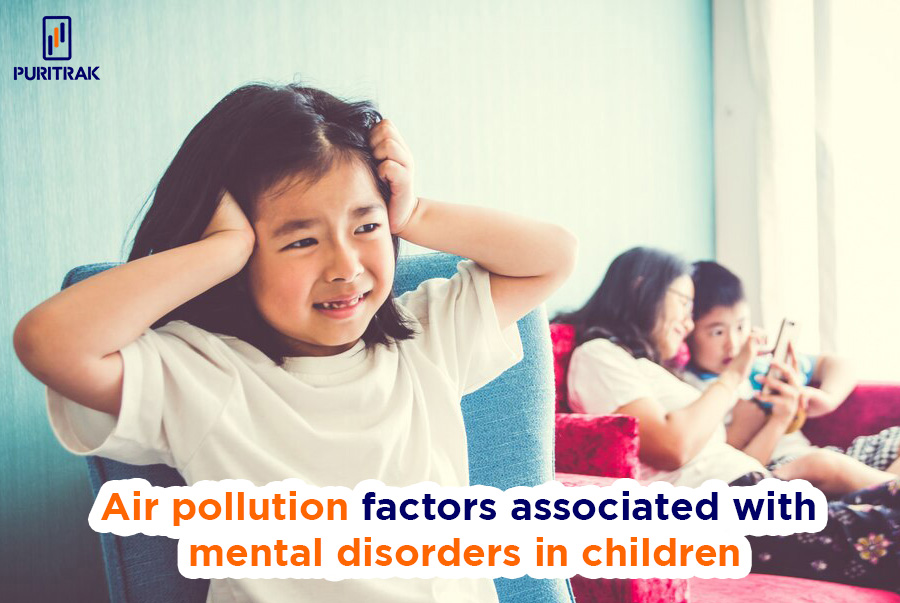
Many people think that air pollution only affects the respiratory system, but that’s not true. Air pollution is also one of the causes of mental disorders in children.
1. Air pollution factors related to mental disorders in children
Research published in the journal “Environmental Health Perspectives” says short-term exposure to high levels of air pollution can increase the risk of mental illness in young children.
This study was conducted by a team of experts at the University of Cincinnati and Cincinnati Children’s Hospital Medical Center (Ohio, USA) over the past 5 years. Previously, there was evidence showing a link between harmful dust particles in the air and mental disorders in adults. But their impact on children remains unclear.
The study focused on fine dust particles, also known as PM2.5, which are less than 2.5 micrometers in diameter. This type of particle has the ability to enter the lungs and from there spread to organs and blood systems in the body, causing irritation and inflammation of the respiratory system.
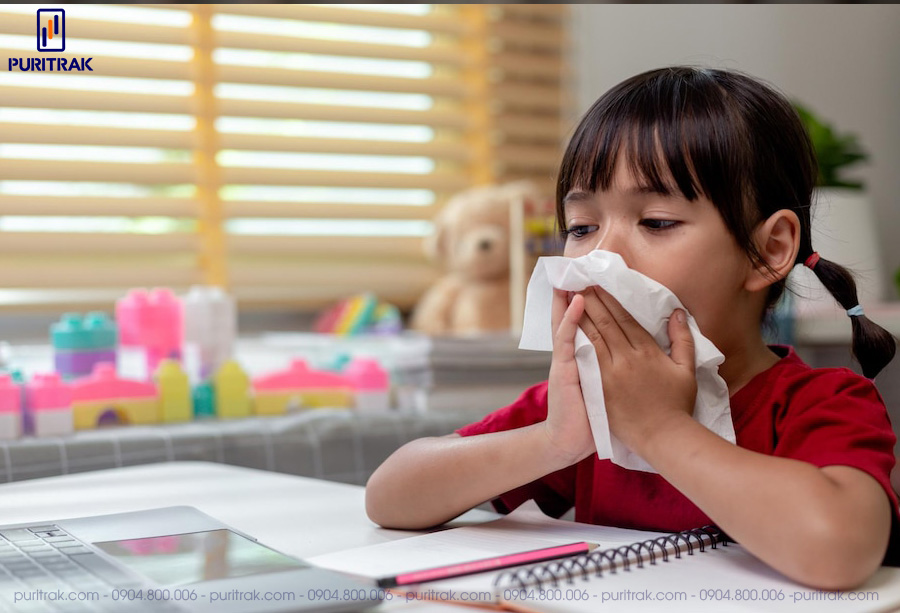
The team of experts analyzed pediatric patients’ medical examinations and then monitored PM2.5 levels in the area where they lived. Ultimately, they realized that regardless of when PM2.5 levels increased, more pediatric patients would come in for psychiatric examinations within a few days.
See more: Puritrak Airsen AS800 air purifier
Cases that go to the doctor on the same day as air pollution increases are often related to schizophrenia. From 1 to 2 days after the increase in fine dust, there will be many cases of behavioral disorders as well as suicidal thoughts.
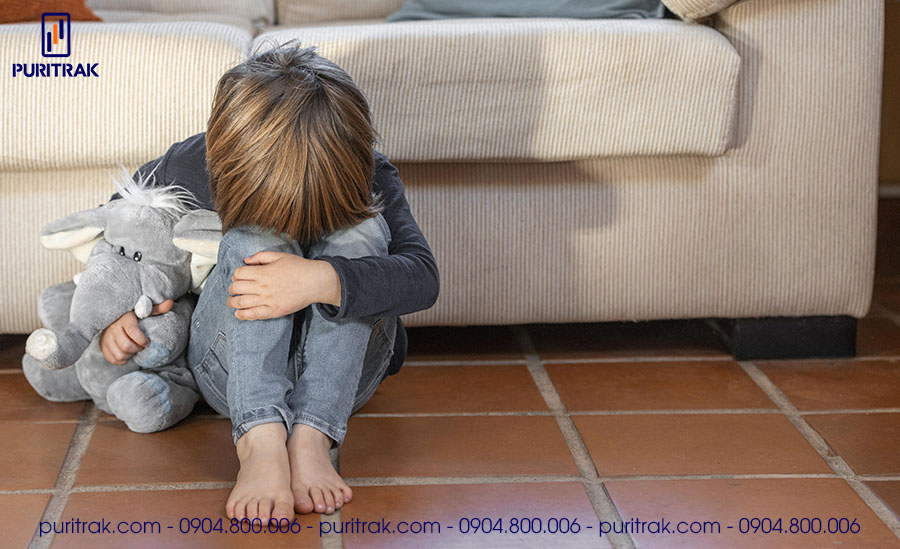
“Overall, these studies add to the growing body of evidence that exposure to air pollution during early life and childhood may contribute to the development of depression, anxiety, and other mental health problems in adolescence,” said study leader Patrick Ryan.
A study in the UK in March 2019 showed that teenagers living in cities are twice as likely to have mental disorders than their peers in rural areas, due to exposure to high levels of nitrogen dioxide.
2. Measures to minimize the impact of air pollution on children
To minimize the impact of air pollution on children, there are some important measures you can take:
2.1. Monitor air quality
Monitor the air quality index and update information about pollution levels in your area through newspapers, software, and websites. From there, take timely measures for young children.
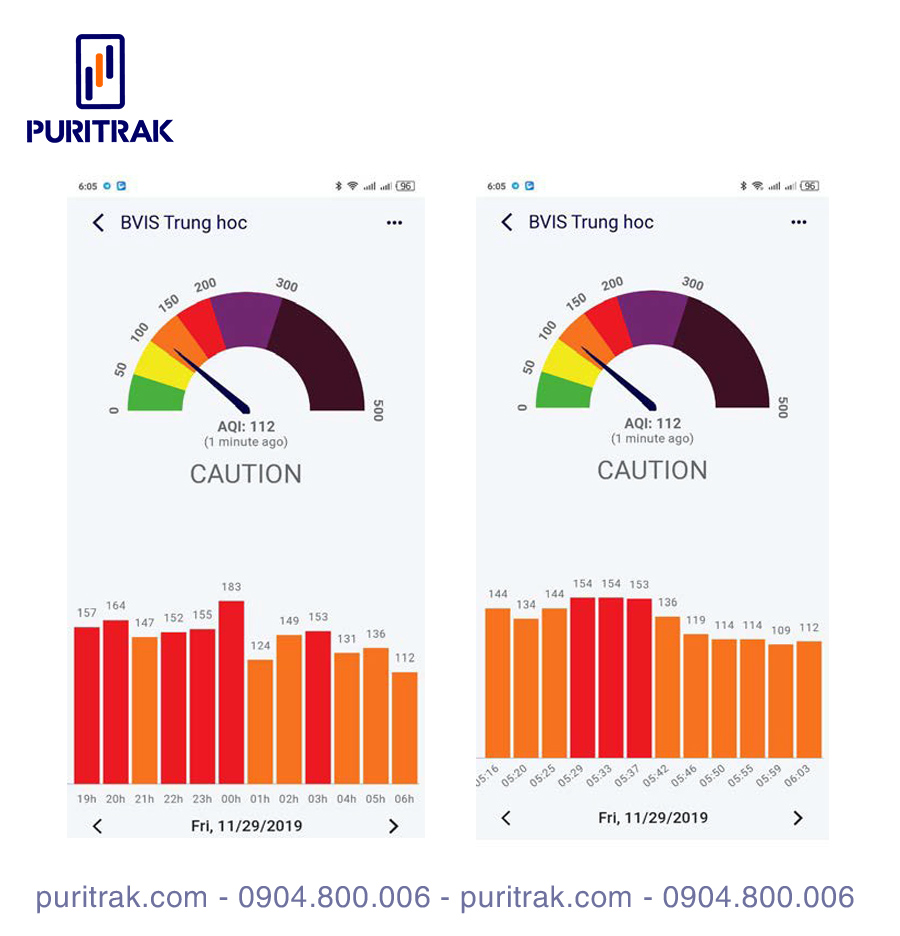
2.2. Limit or avoid contact
Try to limit the time children are exposed to polluted air, especially on days with high pollution levels. Avoid going out during rush hours when traffic volume is high and pollution emissions are large.
2.3. Use an air purifier
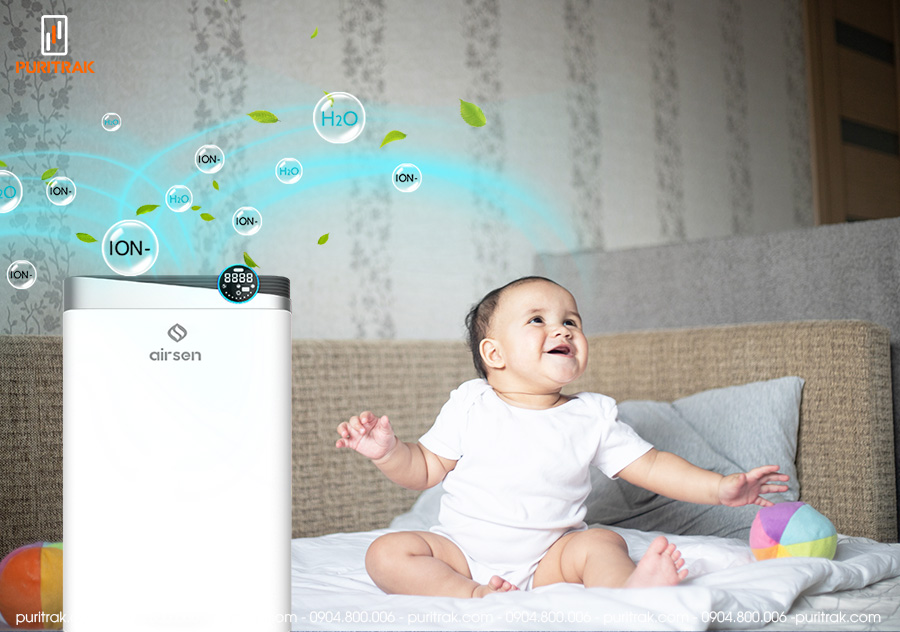
Air purifiers can help remove dust particles and pollutants from indoor air. Especially useful in areas with high pollution levels.
2.4. When go out
In case it is necessary to go out, make sure children wear protective respiratory masks to reduce exposure to dust particles and air pollution.
2.5. Create a clean indoor environment
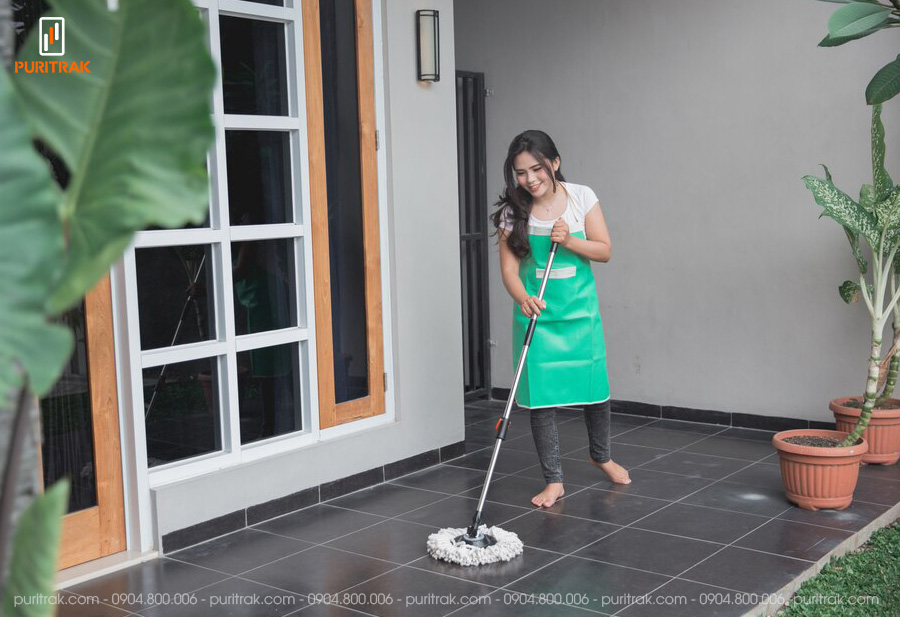
Make sure children’s living and learning space is clean and airy. Clean the house periodically, combining the use of air purifiers and indoor ventilation systems to keep the space always clean and fresh.
2.6. Encourage indoor activities
When air quality is poor, encourage children to participate in indoor activities to maintain health and boost immunity.
See more: Is Hospital Air Clean?
2.7. Nutritional support

Provide children with a nutritious diet, especially foods rich in vitamins C and E to help improve their resistance to the effects of air pollution.
2.8. Promote actions to protect the environment
Participate in social activities and programs to promote the changes needed to protect the environment and reduce air pollution.
Thus, air pollution is a factor related to mental disorders in children. Especially infants and children under 5 years old are the group most susceptible to air pollution because their respiratory and immune systems are developing. Applying protective measures is an important way to ensure children’s health.
If you need further support and information related to the air filtration system, please contact us using the information below to have Puritrak’s experienced technical department advise you on the right product for you. Thank you for reading the article!
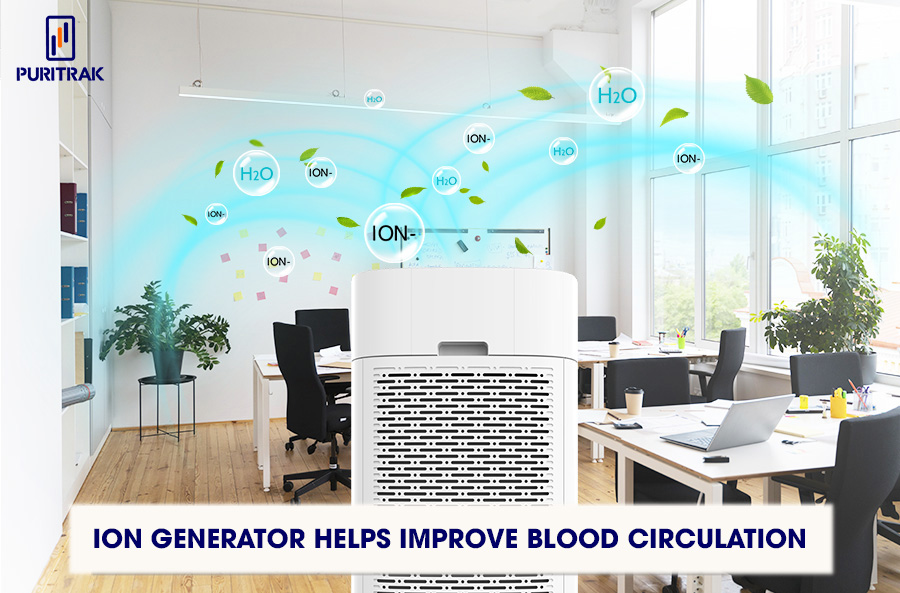
Contact Info:
Hotline: 0904.800.006
Website: puritrak.com
Email: [email protected]
Fanpage: Puritrak




 Tiếng Việt
Tiếng Việt